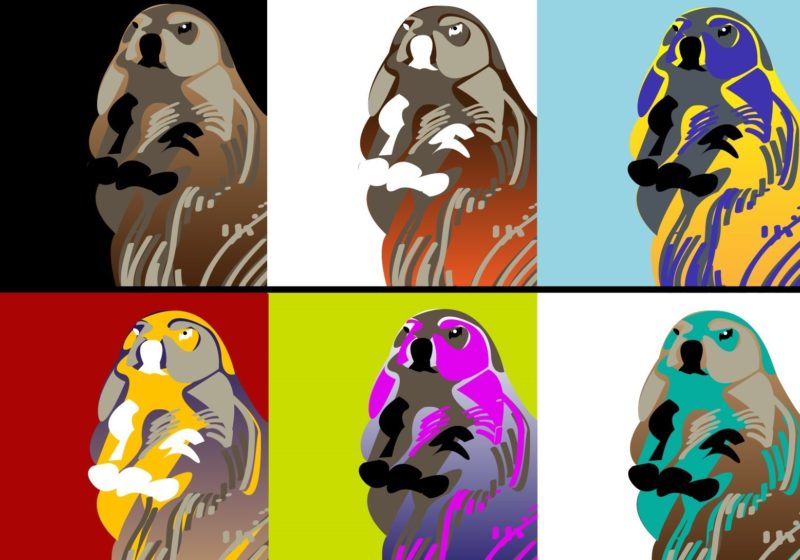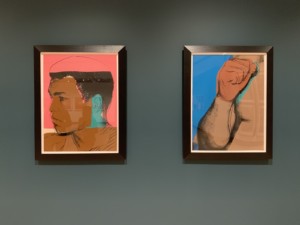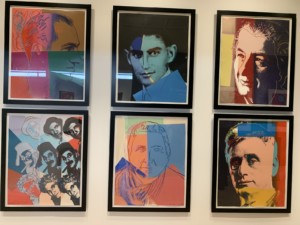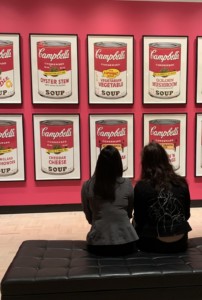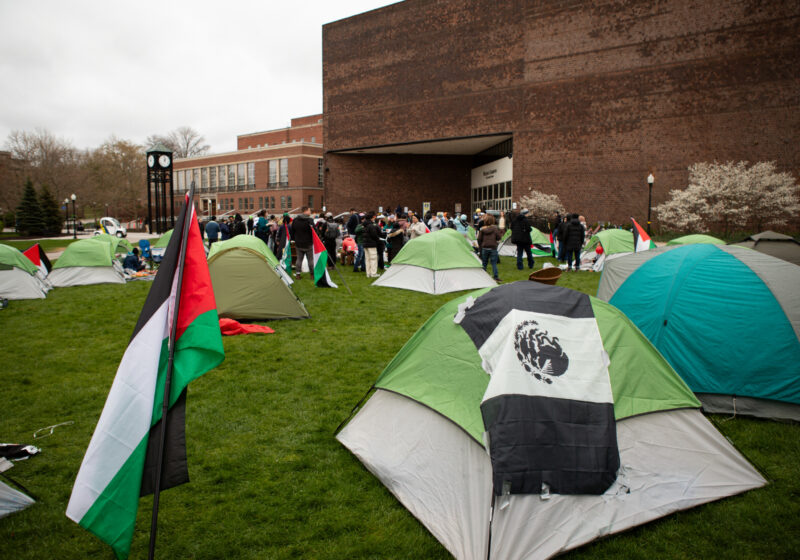As the wave of pop art hit the sixties, Andy Warhol was a man who truly embraced and brought great recognition to this particular style. Placing emphasis on commerce and celebrities, his art magnifies the beauty of commonplace, widely consumed popular culture.
Take a walk down to the Memorial Art Gallery in Neighborhood of the Arts, and you’ll see how he mastered such a style. In this exhibition, one can get a taste of how he outlines details to include both a sense of materialism and idolatry.
This first example features a depiction of the famous boxer, Muhammad Ali. In these pieces, Warhol creatively highlights the surroundings, ears, and fists of Ali through his use of tertiary colors. These areas symbolize senses that were heavily relied upon by the boxer, inspiring feelings of security and wonder in viewers. Warhol seems to be pointing out a kind of beauty within this connection. The contrast of the colors moves the eyes to the most exciting areas of the boxer. The pop effect makes Ali appear superhero-esque. Warhol uses this technique to magnify the various celebrities and figures people cherish.
More examples of this style:
(Note: Warhol made use of crushed glass to create a glittering effect to intensify the effects of these figures)
More famously, Warhol is known more for his repetitive depictions of consumer products. The Campbell soup cans are an iconic example of Warhol’s ability to capture widespread attention, and the simplicity of the various soups depicts a level of comfort that people derive from these objects. The cans would appear on the shelves of nearly every grocery store, and thus, Warhol’s illustrations would evoke a feeling of familiarity within viewers at the time. It is interesting how the outline of something as simple as a can of soup can bring about a natural calmness within a person, as a result of it being intertwined with their daily lives. It fosters a deeper appreciation for some of the objects that are symbolic to us, because we have associated the feeling of normalcy with materials like cans, flowers, and household ingredients. Is there any object that reminds you of normalcy?
